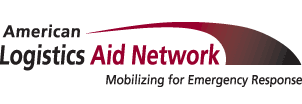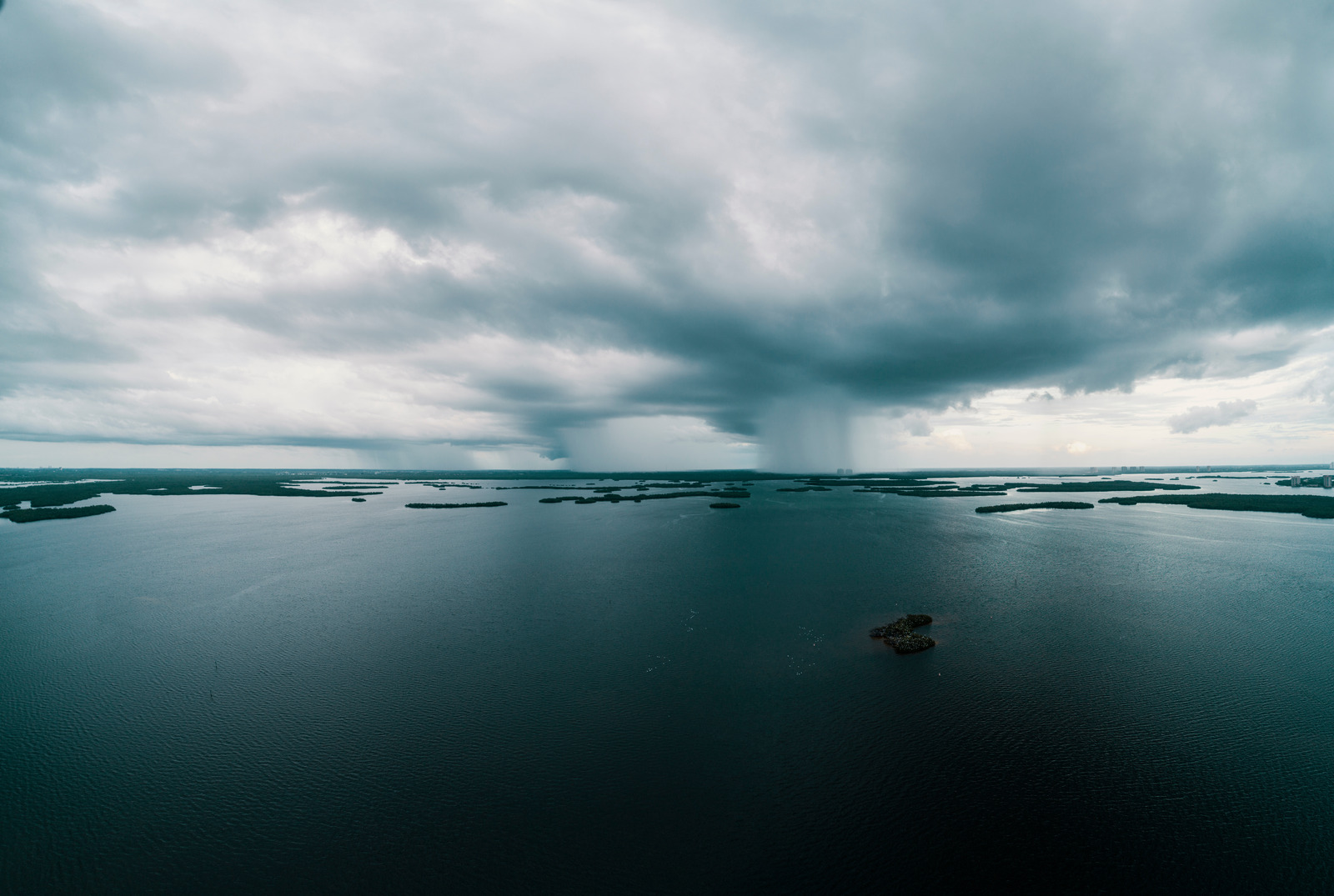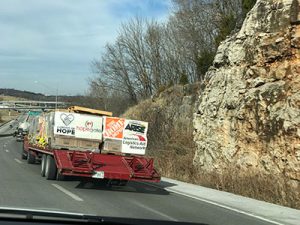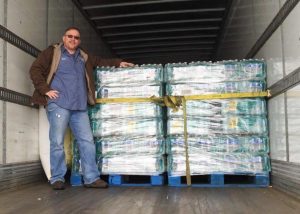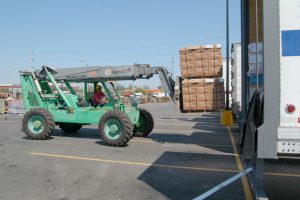
Years ago, the swimming star Esther Williams had a question she was asked so often, she had a card printed with the answer, “Yes, I still swim.”
Although ALAN isn’t quite that famous (or aquatic), we can relate. Because each time a hurricane starts to form, we have one question that seems to pop up more than all the others combined:
“What is ALAN doing to help before Hurricane (X) hits?
So since we are facing our first potentially major hurricane of 2019, now seems like an ideal time to share this pre-storm Q&A (which has been tailored to address Tropical Storm/Hurricane Barry) with you.
We hope it will give you a better sense of how we roll – and how we’re always working hard to save lives through logistics.
On behalf of all of us at ALAN, thank you for supporting us and those we serve, and please join us in holding good thoughts for the people of Louisiana in the days ahead.
Mark Richards
ALAN Board Chair
FAQs About How ALAN Operates Prior To Hurricanes
What is ALAN doing to help before Tropical Storm/Hurricane Barry hits?
When predicted disasters loom, ALAN is often in active mode long before we begin receiving, posting and fulfilling logistics relief requests.
During the days leading up to a storm, much of what we do is largely behind the scenes, including:
- Actively interfacing with our government and industry partners to promote greater collaboration and situational awareness that will aid relief and recovery efforts
- Contacting and meeting with government and industry partners that are located in potentially impacted areas to procure and provide situational awareness
- Reviewing the infrastructure and industries that are likely to be affected so we are ready to coordinate a private-sector supply chain call with the right audiences
- Checking with our nonprofit networks about what logistics resources they anticipate needing
- And amplifying important safety and preparation messages from various news and disaster preparation sources to help keep area businesses and residents informed
Those are exactly the kinds of things we’ve been doing to help with Barry.
Why are these behind-the-scenes activities useful?
All of these activities help position ALAN and its partners to react rapidly and meaningfully as a disaster unfolds. Over the past 14 years of assisting with relief for every major U.S. hurricane, we’ve discovered they’re truly the best ways we can ensure that storm-impacted areas get the logistics help and resources they need.
After working with hurricanes so long, doesn’t ALAN pretty well know what’s going to be needed? If so why isn’t it already jumping in and getting logistics resources ready to go?
Even though all hurricanes have many things in common, each storm also has very different outcomes and pain points. And you really can’t predict what those will be – and where relief organizations will require supply chain assistance the most – until after a hurricane has moved through.
For example, some areas may have a compromised water supply that puts them sorely in need of things like water purification systems, while others may have a more immediate requirement for transporting things like inflatable boats to assist first responders who are conducting flood rescues. Additionally, certain areas may suffer more property damage and loss, which may lead to a greater need to help support and supply shelters. It really runs the gamut – and sometimes these needs change by the hour or minute.
That’s why ALAN doesn’t self-deploy, because it might tie up valuable resources that are needed by the first responders who are working to save lives. It’s also why we always tell logistics professionals not to self-deploy either. Everything we do is tied to a tangible request from a humanitarian organization that is actively providing relief to impacted areas.
Like the best supply chains, ALAN’s work is both predictive and demand-driven.
Speaking of tangible requests, are there any requests for Tropical Storm/Hurricane Barry logistics assistance that have already come in?
Not at the moment. But that’s not unusual.
Most of our requests for assistance usually arrive after a hurricane has hit, because it often takes government and relief officials several days or weeks to get the lay of the land and figure out what’s really needed in terms of donated space, transportation, equipment, and services. Some requests can even come in long after a specific hurricane has stopped making headlines. For example, ALAN is still supporting clean-up and recovery efforts in the wake of several major hurricanes in years past, and we probably will be for some time to come.
In light of this, we hope people will bookmark our hurricane micro-site and visit it frequently in the weeks ahead, because contrary to how it might appear, hurricane relief isn’t just a sprint. It’s also a marathon, and there will probably be many opportunities to help.
Is there a way organizations can be helping now?
Absolutely. They can always make a monetary donation to help fund ALAN’s relief activities and allow us to provide help where it’s needed most.
We also have a place on this website where 3PLs, trucking companies, warehousing companies, and other logistics companies can pre-offer their space, services and equipment. We find these pre-offers to be hugely helpful, and we encourage organizations to make them even if they’re not located near a disaster area, because sometimes the items that need to be stored or transported can be located quite far away from a disaster area.
Are there any final comments you’d like to add?
Now is a great time to remind people that ALAN is only looking for offers of donated space, transportation or equipment, not offers to purchase these things. Everything we provide to relief organizations is supplied free of charge, so assisting us is solely a humanitarian opportunity, not a business deal.
